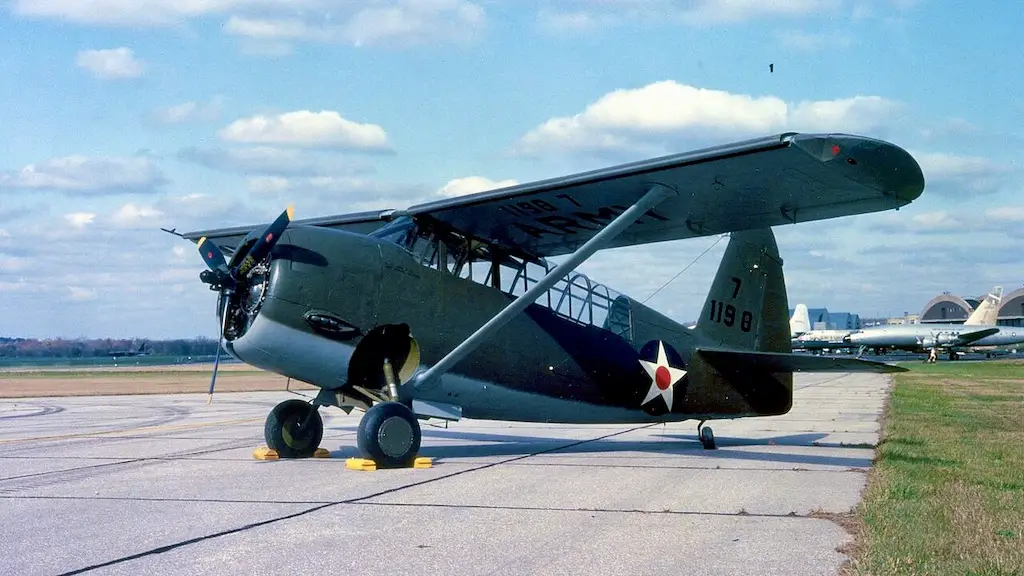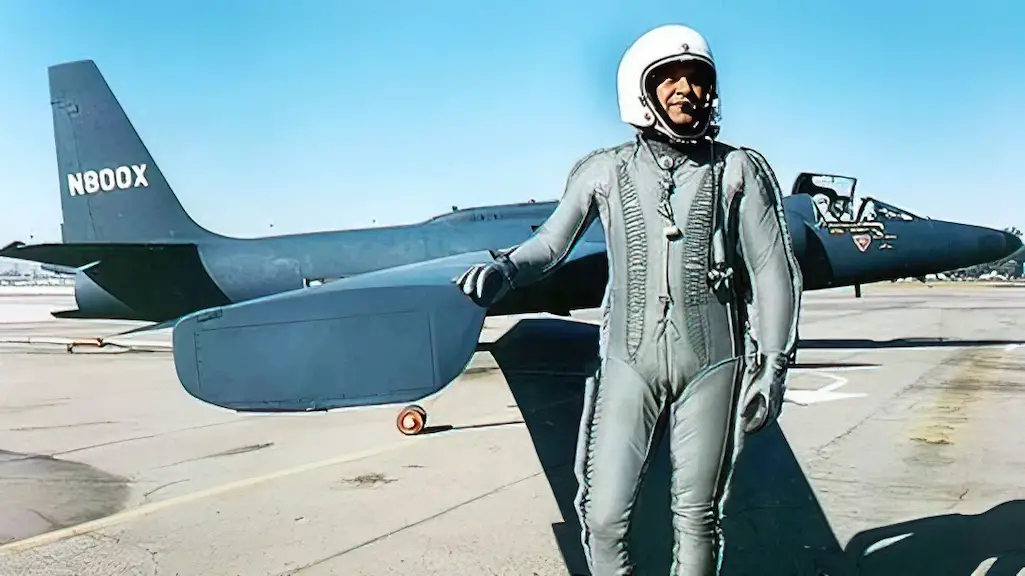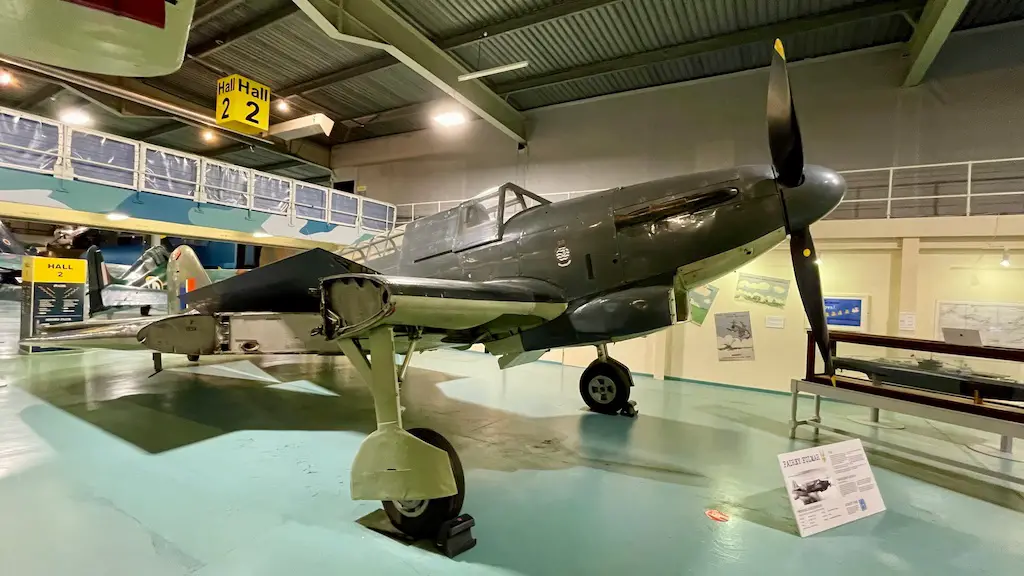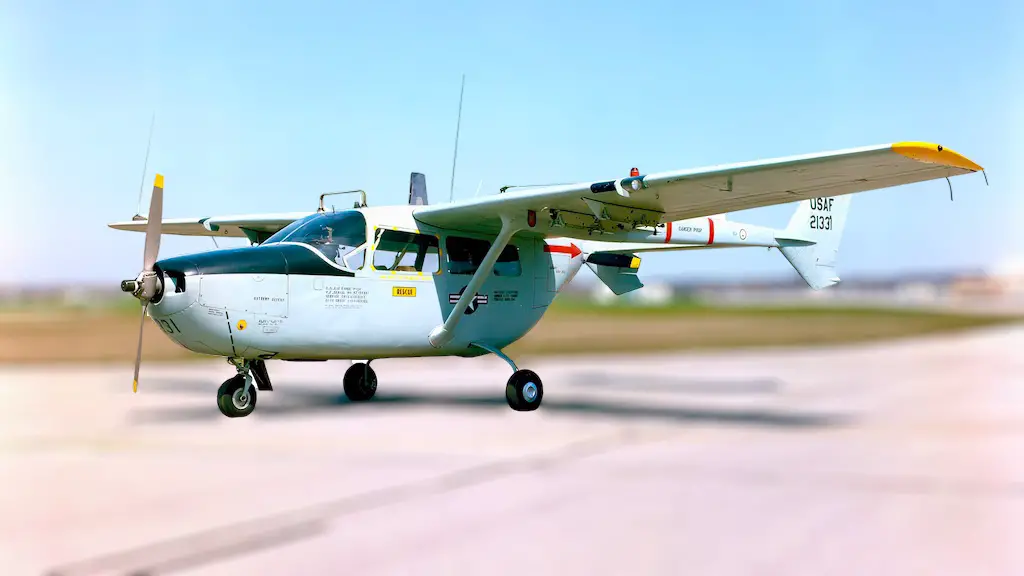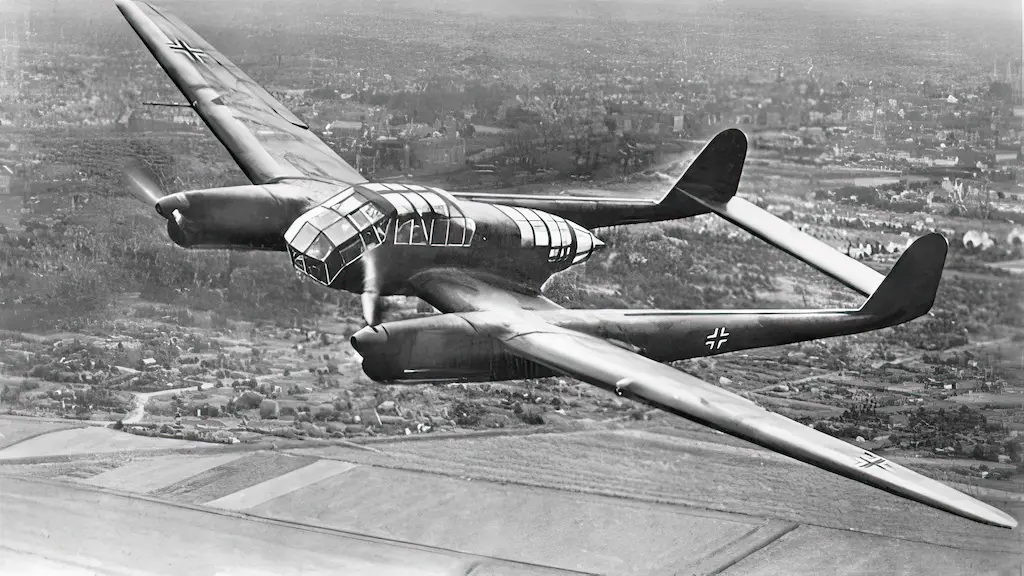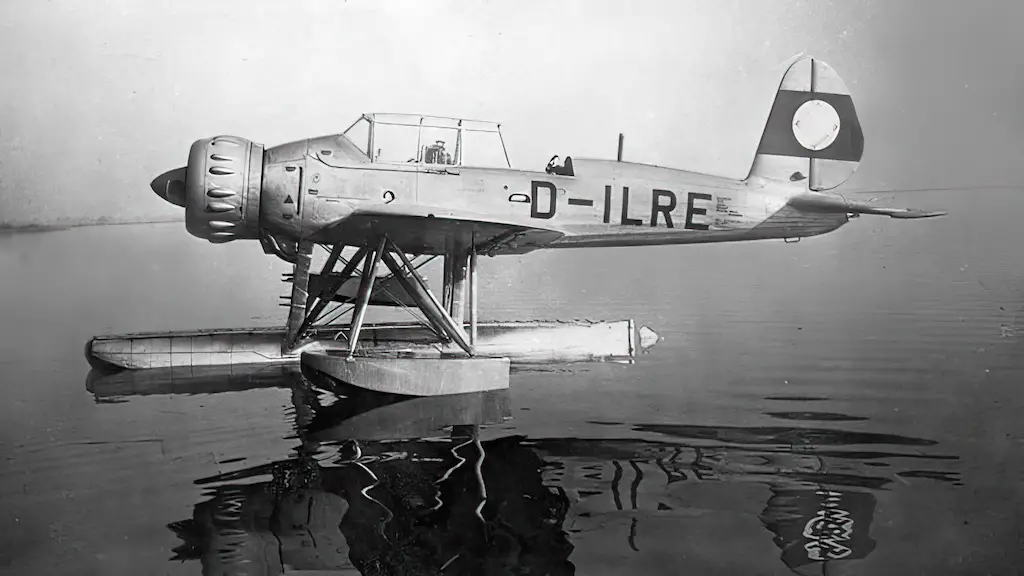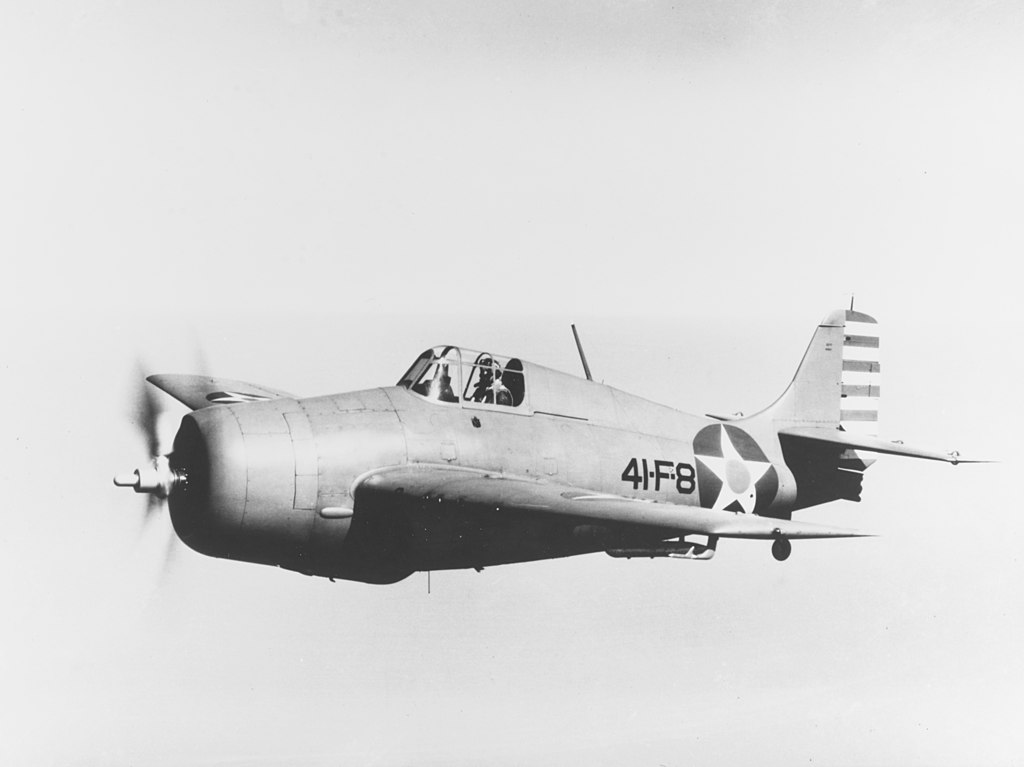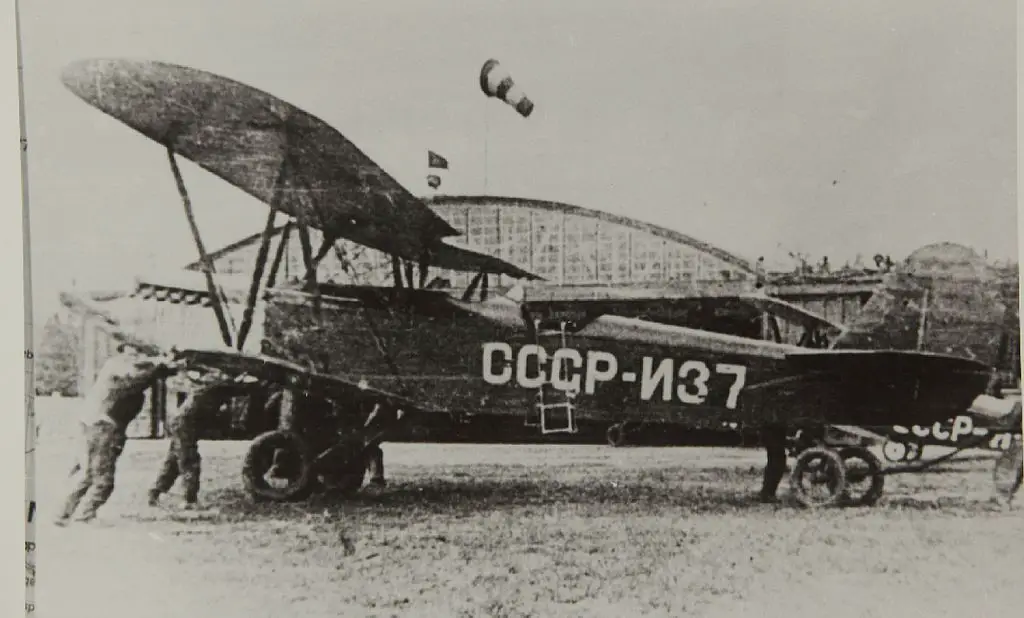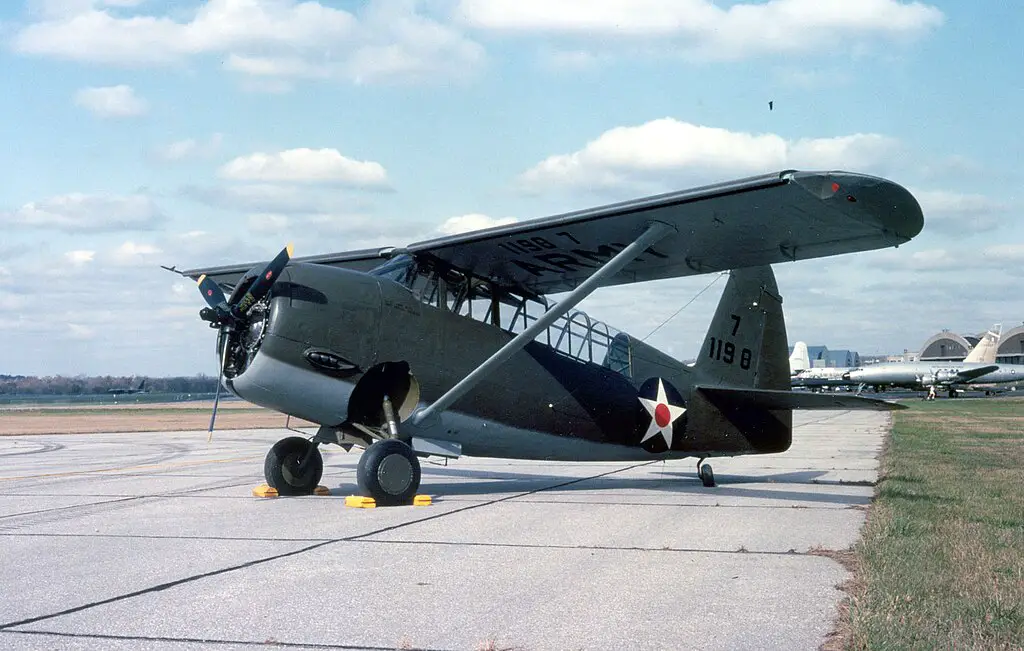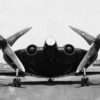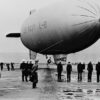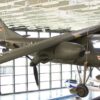Picture this: A Grumman F4F Wildcat morphs into an observation aircraft. What you’d get is something strikingly similar to the Curtiss O-52 Owl, an observation aircraft that served with the United States Army Air Corps before and during the early years of World War II.
A Last Hoorah in Development
In 1939, the United States Army Air Corps had a vision. It wanted a robust, two-seat observation plane, and the Curtiss O-52 Owl was born as the last “heavy” observation aircraft tailored for the service. By 1940, a whopping 203 Owls were ordered, marking the zenith of the Army Air Corps’ faith in the “O” series of aircraft, which had its roots in World War I. However, by 1941, military planners had come to a sobering realization: the O-52 Owl couldn’t keep up with the rapidly evolving demands of modern combat.
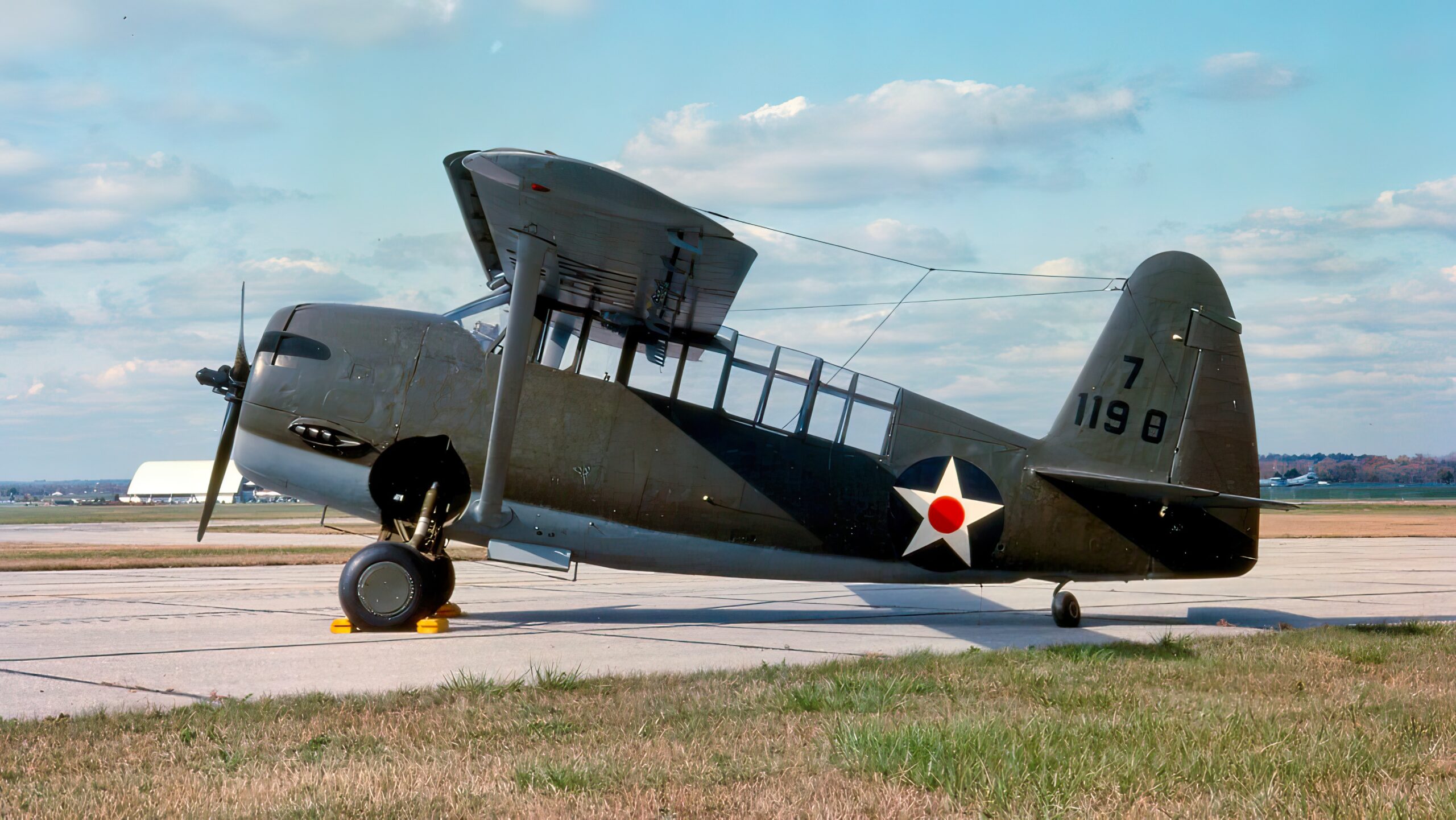
Pratt & Whitney R-1340-51 Wasp Engine
The O-52 Owl was powered by a Pratt & Whitney R-1340-51 Wasp 9-cylinder air-cooled radial piston engine, boasting 600 horsepower. While this engine was powerful for its time, it wasn’t quite enough to make the Owl a speed demon. Despite this limitation, the engine was reliable, lending itself well to the Owl’s short-range patrol and courier duties, where speed wasn’t a critical factor.
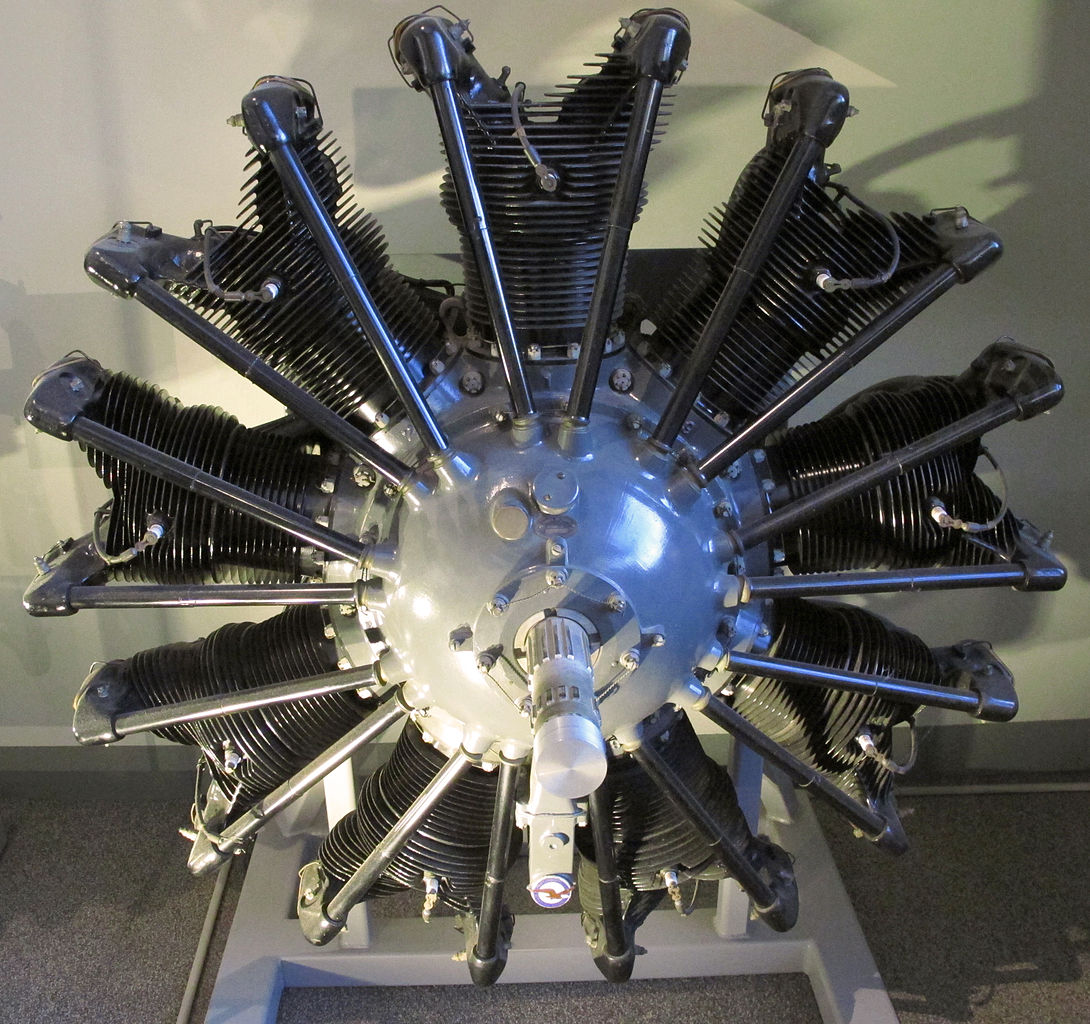
Strong but Not Agile
With a top speed of 220 mph and a cruising speed of 192 mph at 75% power, the O-52 Owl was not about to win any races. Its wingspan of over 40 feet and gross weight of more than 5,300 pounds added to its rather sluggish performance. Yet, the Owl was a sturdy bird, capable of climbing to an altitude of 10,000 feet and outfitted with a pair of 0.30-inch machine guns—one fixed forward-firing and one flexible rear cockpit gun—for basic defense.
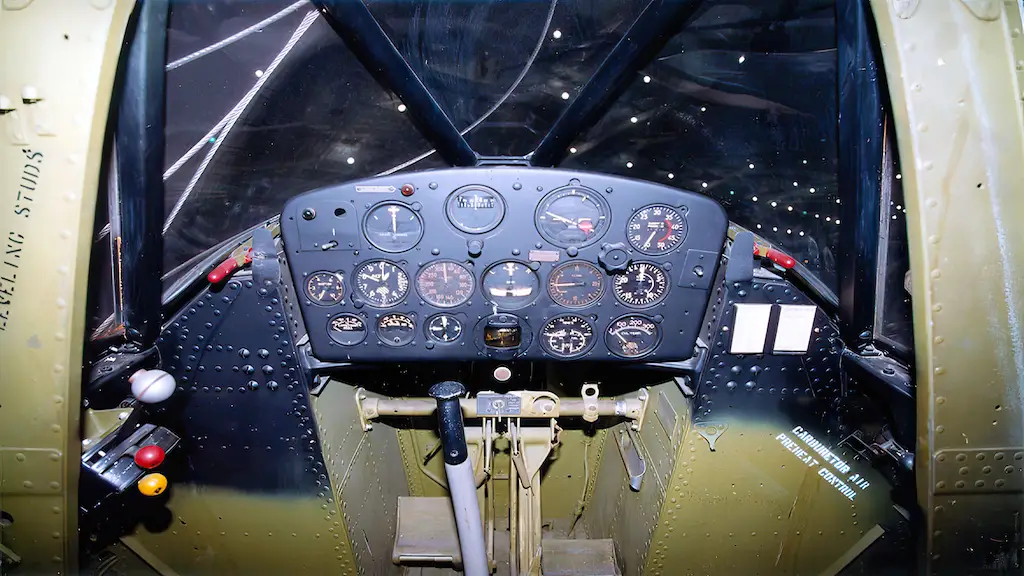
The Owl’s Limited Tour of Duty
Upon its arrival, the O-52 was put to use in military maneuvers. However, with the onset of World War II, it quickly became clear that this aircraft wouldn’t survive long in intense combat scenarios. Relegated to courier missions and short-range submarine patrols over the Gulf of Mexico, Atlantic, and Pacific Oceans, the Owl was certainly no war hero. It was also the last “O” series aircraft procured in bulk, as the “O” designation was replaced by the “L” series for liaison-type aircraft post-Pearl Harbor.
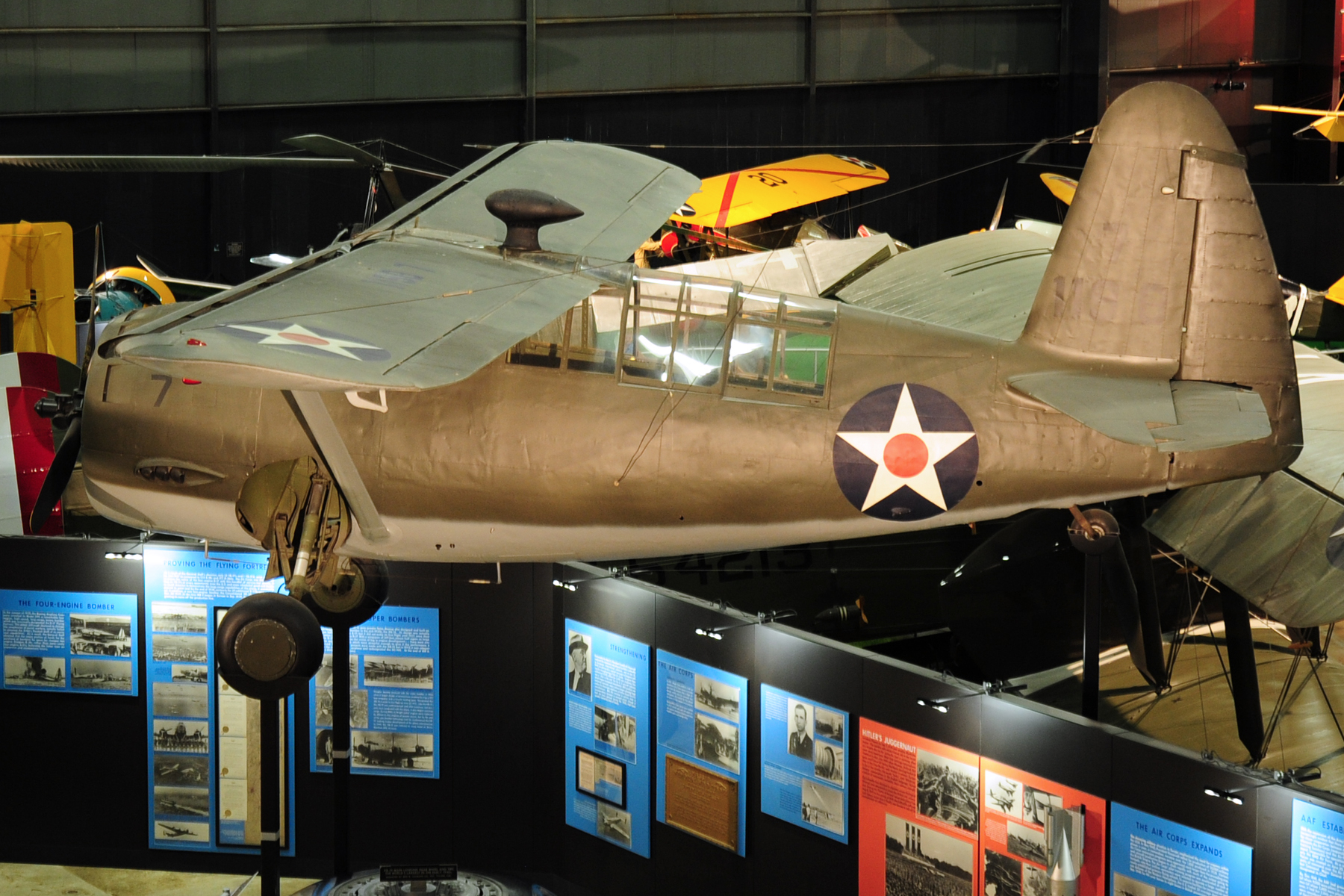
A Short Stint in Soviet Skies
In a surprising turn of events, the USSR ordered 30 O-52 Owls in November 1942 through the Lend-Lease program. Of these, only 19 made it to Russian soil, and just 10 entered service. The Owls in the USSR found themselves being used for artillery spotting and as general observation platforms during 1943. While they were found to be superior to some of the outdated Russian models like the Polikarpov R-5, the Owl was not exactly beloved by Soviet pilots. However, some Owls persevered and flew into the 1950s.

